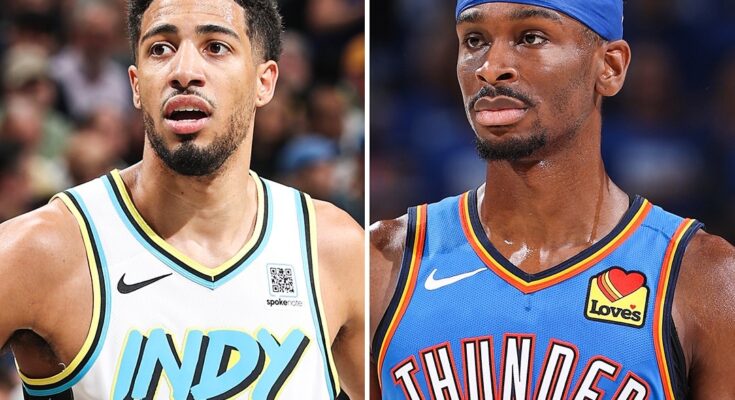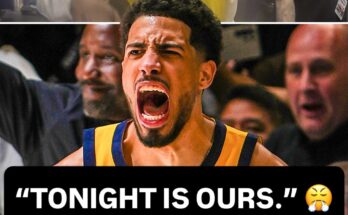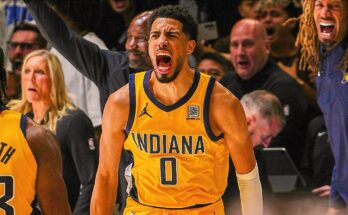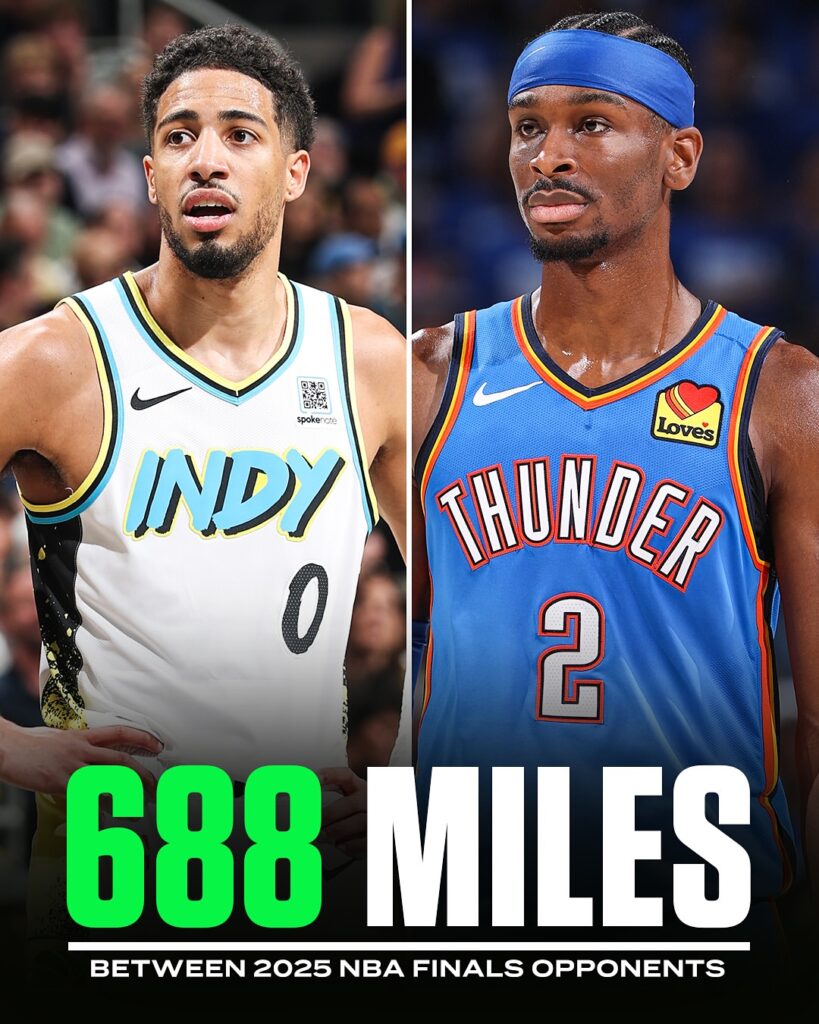
In 1971, the Milwaukee Bucks swept the Baltimore Bullets (roughly 644 miles apart).
When we think about NBA Finals matchups, the focus often centers on star power, team dynamics, or historic rivalries. But there’s another intriguing angle to consider: geography. How far apart are the two teams’ home cities? You might be surprised to learn that some of the closest Finals matchups in NBA history have occurred between teams that aren’t separated by thousands of miles but rather by a few hundred—sometimes even less.
In fact, as the Thunder and Pacers prepare to face off in the NBA Finals, their cities rank as the second-closest matchup in distance since the NBA established the Eastern and Western Conferences in the 1970-71 season. This tidbit brings a unique flavor to the Finals narrative—one that connects the proximity of the teams to the intensity of the competition.
Let’s dive into this fascinating aspect and explore what it means for these two teams and the league’s rich history.
The Historical Context: Conferences Since 1970-71
The 1970-71 NBA season marked a significant milestone in league history. That year, the NBA restructured into two conferences—Eastern and Western—setting the stage for more balanced competition and the modern playoff format we know today.
Since that change, Finals matchups have become a showcase of regional pride and national spectacle. Usually, the champions come from opposite ends of the country: Los Angeles versus Miami, Boston versus Golden State, or Dallas versus Miami. Long travel distances are common, often spanning the entire continental U.S.
But the Thunder and Pacers remind us that great basketball battles don’t have to be coast to coast—they can happen between cities that are just a few hundred miles apart.
Thunder & Pacers: The 2nd-Shortest Distance
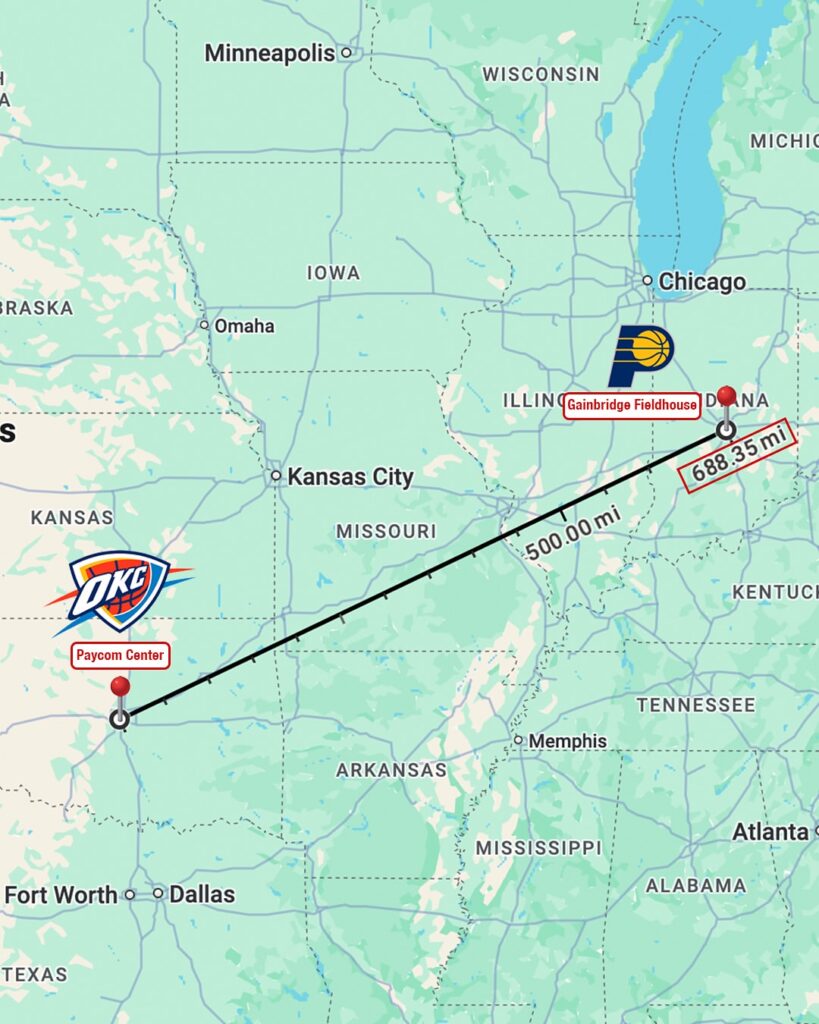
The Oklahoma City Thunder and the Indiana Pacers are separated by approximately 850 miles—a relatively short trip compared to most Finals matchups. This distance is the second-shortest since the conferences were established.
Why does this matter? For starters, shorter distances can affect travel fatigue, fan engagement, and even media coverage. When teams are closer, players may feel more energized without the grueling coast-to-coast flights, and fans can more easily make the trip to support their team on the road, creating a more electric atmosphere.
The Thunder, rooted in the heart of Oklahoma, and the Pacers, proud representatives of Indiana, share more than just a geographical closeness. Their matchup represents a regional rivalry that can stir up unique storylines and fan enthusiasm.
The Shortest Distance: Bucks vs. Bullets in 1971
The only Finals matchup that was closer was the 1971 NBA Finals between the Milwaukee Bucks and the Baltimore Bullets. Those cities are about 644 miles apart—roughly the distance from Oklahoma City to Chicago, or from New York City to Raleigh.
That 1971 Finals series was historic in many ways. The Bucks, led by the legendary Kareem Abdul-Jabbar (then known as Lew Alcindor), swept the Bullets to capture Milwaukee’s first NBA title. Despite the relatively close distance, the series was fierce, showcasing the intensity of two geographically near teams vying for supremacy.
The Bucks-Bullets Finals set a precedent for close-proximity matchups that combined both fierce competition and logistical convenience, something the Thunder and Pacers are about to experience decades later.
Impact of Distance on Playoff Series
Travel logistics have always played a significant role in the NBA playoffs. The longer the distance between teams, the more complex the scheduling and recovery become.
When teams have to cross multiple time zones and endure long flights, it can take a toll on player performance. Jet lag, disrupted routines, and less rest between games can influence the outcome.
By contrast, teams like the Thunder and Pacers, or the Bucks and Bullets in 1971, benefit from easier travel. Less time spent in transit means more time on preparation and recovery—potentially leveling the playing field.
What This Means for Fans

For fans, the close distance between Oklahoma City and Indianapolis is exciting news. It opens the door for more traveling fans, heightened media attention in a shared region, and the potential for an intense rivalry to develop.
Imagine a Finals where thousands of Pacers fans make the short trip to Oklahoma City for away games—and vice versa. The arenas could be packed with both sets of supporters, amplifying the electric energy that only the Finals can produce.
In an era where the NBA is growing its fanbase globally, these regional rivalries rooted in geographic proximity add a grassroots element to the championship, reminding everyone of the sport’s local and cultural ties.
Geography and Rivalry: A Unique Finals Flavor
This Finals matchup between the Thunder and Pacers isn’t just about the best two teams. It’s a story of regions close enough to share basketball culture, yet distant enough to fuel fierce competition.
Close Finals matchups have historically created memorable narratives. The Bucks-Bullets series in 1971 was a classic. The Thunder-Pacers Finals has the potential to carry that torch with a modern twist.
The players know the stakes. The fans feel the buzz. The media is ready for stories about not just the games, but the journeys between arenas and the regional pride on the line.
Looking Ahead
As the Thunder and Pacers tip off their Finals series, their proximity adds a fresh dynamic. Will the shorter travel distance give either team a competitive edge? How will the fans rally in this regional showdown? Can this spark a rivalry that will endure beyond these Finals?
Only time will tell. But one thing is clear: the Larry O’Brien Trophy is now on the line in one of the geographically closest Finals matchups in over 50 years.
Final Thoughts
The NBA Finals is always about greatness—about players and teams rising to the occasion. But the storylines go beyond just the players on the court.
The fact that the Thunder and Pacers share one of the shortest distances between Finals cities since the conferences’ formation adds a unique and compelling layer to this championship series. It reminds us that basketball is as much about place and community as it is about talent and strategy.
As fans, we’re lucky to witness this historic chapter—a Finals where geography, history, and competition collide just a few hundred miles apart. The quest for the Larry O’Brien Trophy just got a little more personal.
